THE CONTROVERSY OF A MUGHAL BRIDGE AT BARA – MUGHAL INSCRIPTION PESHAWAR MUSEUM 1039 AH.
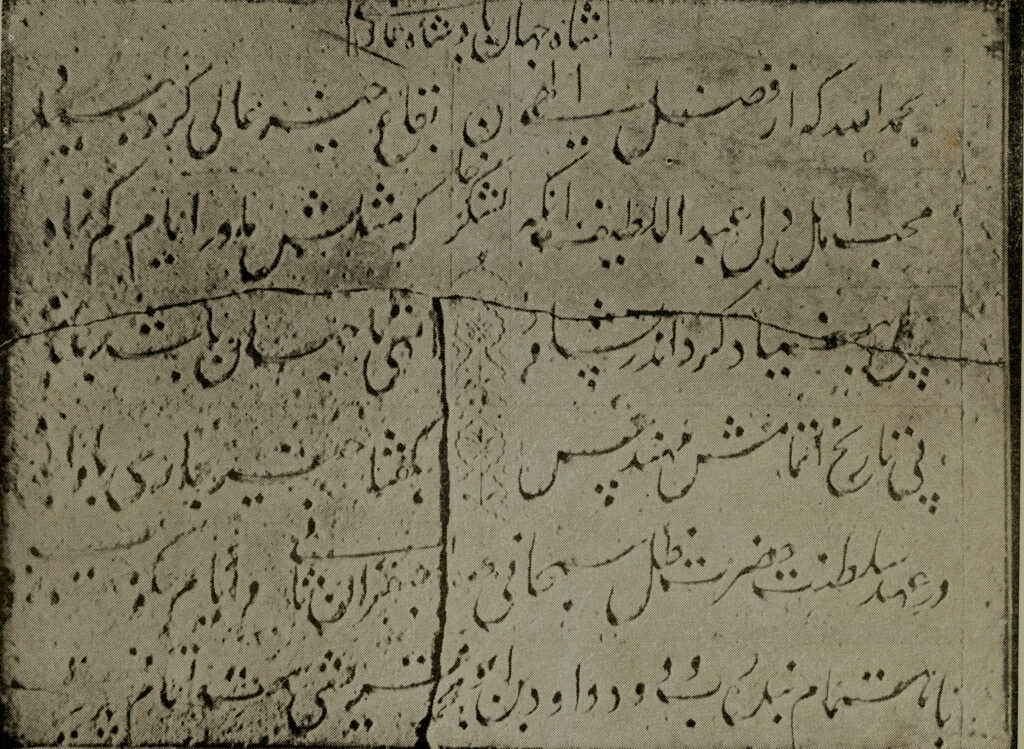
In 1908 archaeologist discovered an inscription on the facade of a mosque in Qissa Khawani Bazaar, Peshawar. The Pesh Imam told the scholar that it was an inscription his grandfather discovered on the edge of the Bara river, of a bridge which had fallen with time. It was removed to the museum and it is there still now. Very simply the inscription points to a bridge over the Bara river, ordered to be built by Mulla Abdul Latif for Governor Lashkar Khan and built by the architect engineer Lutufullah Ahmad Muhandis Lahori in the year 1039 AH. It was neglected as important news, till it caught the attention of scholars.
It was taken for granted that it belonged to the Mughal bridge on the river Bara, three miles from Peshawar. And written as such by some scholars. Then in 2002 scholar Ibrahim Shah came up with the idea that it was not the existing bridge on the river Bara, but a fallen bridge near to that place, on Zindai stream. He spoke of the presence of four bridges at same vicinity, but at least two fulfilled the requirements of the description of the statement. The other two due to time element were not possible as options. The scholar made the premise on his observations. But in truth, there is no proof as to which bridge is there as provenance for the inscription. It could be either of both. Dr Abdullah Chaghatai, Dr Abdur Rahman and others, took it as the existing bridge. Ibraheem Shah volunteered his views. Nobody else has taken the issue.
We sent messengers to check the place and take photographs. There is a defaced inscription on the existing bridge, and it is famous as the Sethi bridge on the Zindai stream, on the discarded flow of river Bara. Although broken at places, it is still intact, and perhaps restored at some period of time. Large trees accompany the bridge and there are hermits involved in living there. The fallen bridge is now a washing place for dhobis of the area. A regular working area, with cow dung (gobar) plastered on the broken parts which are normally used for cooking in the rural areas. A village using the broken parts for average use. Which is which?
We will try to do more research eventually. A detailed photograph of the inscription on the existing bridge could point out things.But it is the architectural reconstruction at least in drafting which can point out the period of Mughal construction. There are real differences in the Akbari construction and Shahjahani models. Even bricks are different. The existing bridge is petite in its own way, with a singular design element, not elsewhere. The fallen bridge is massive in its construction and to me speak of the might of Emperor Akbar himself. Ustad Ahmad Mimar Lahori is reputed to be crossing the river on Attock on regular basis, as there is a rawadari mention in Insha Harkiran of the same. It may be possible that the fallen bridge was constructed by Ustad Ahmad Lahori, and when river changed its course, it fell down. And here was a need for a new bridge, and Mulla Abdul Latif invited the son of Ustad Ahmad Mimar to construct a new bridge on the same river. Otherwise there seems to be no need for a new bridge when one was already existing there. When the older bridge fell, a new one was constructed. An additional point is that in 1039 AH, Lutufullah was a very young man, and a call to him to go to Bara for the construction, was way out in perspective. Unless there was a link to the older bridge of this young engineer. Extensive research can or may throw a light. But would anyone bother? It is indeed a difficult place to access easily. And till then the options are open to the reality of same.

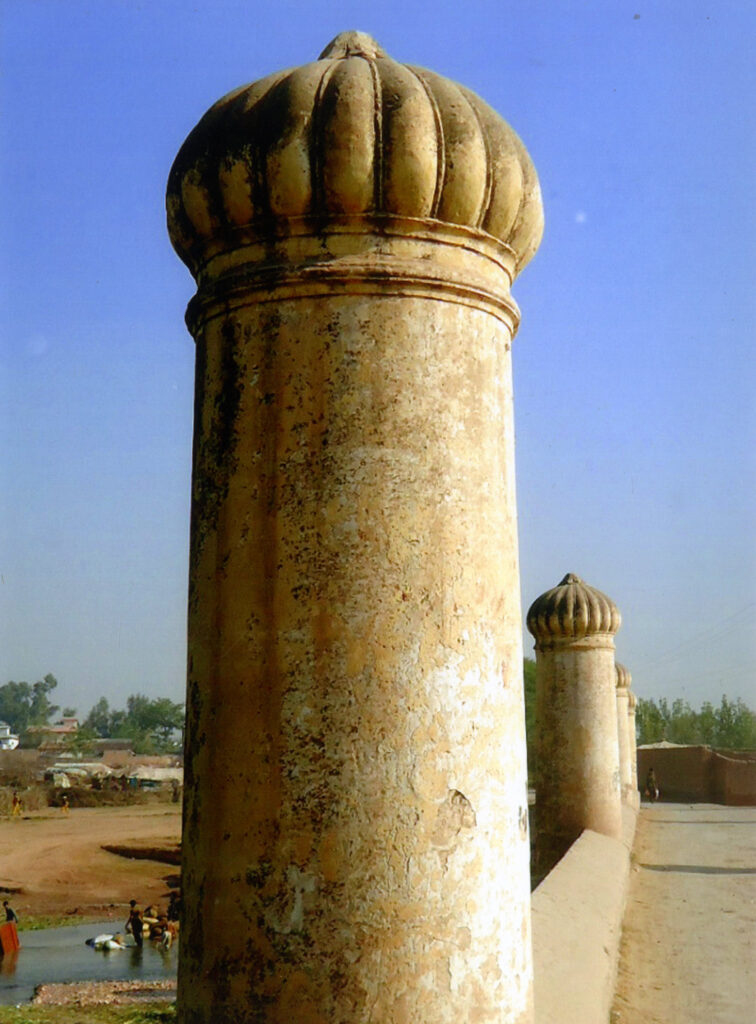
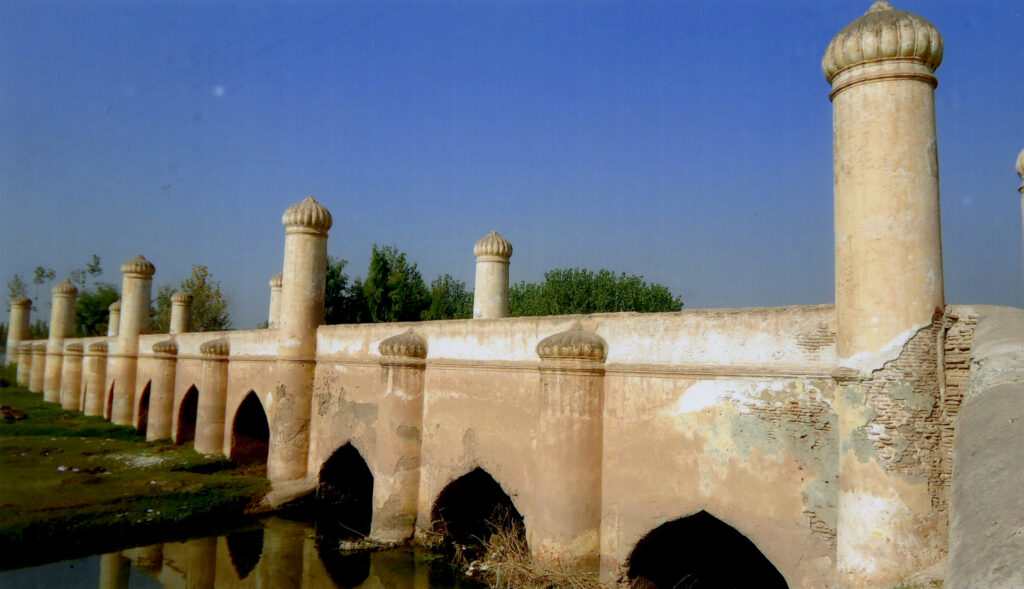
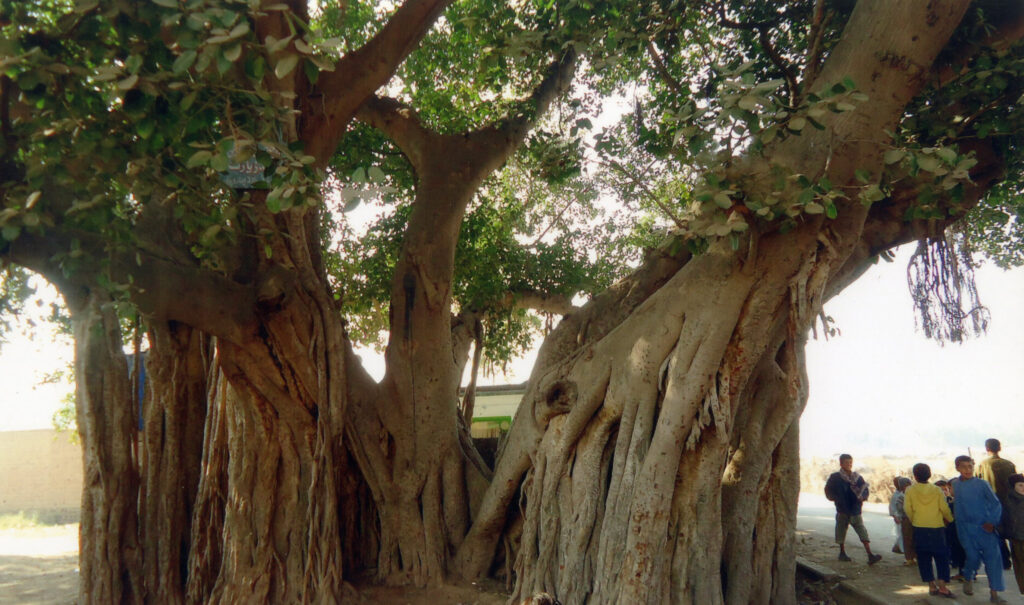
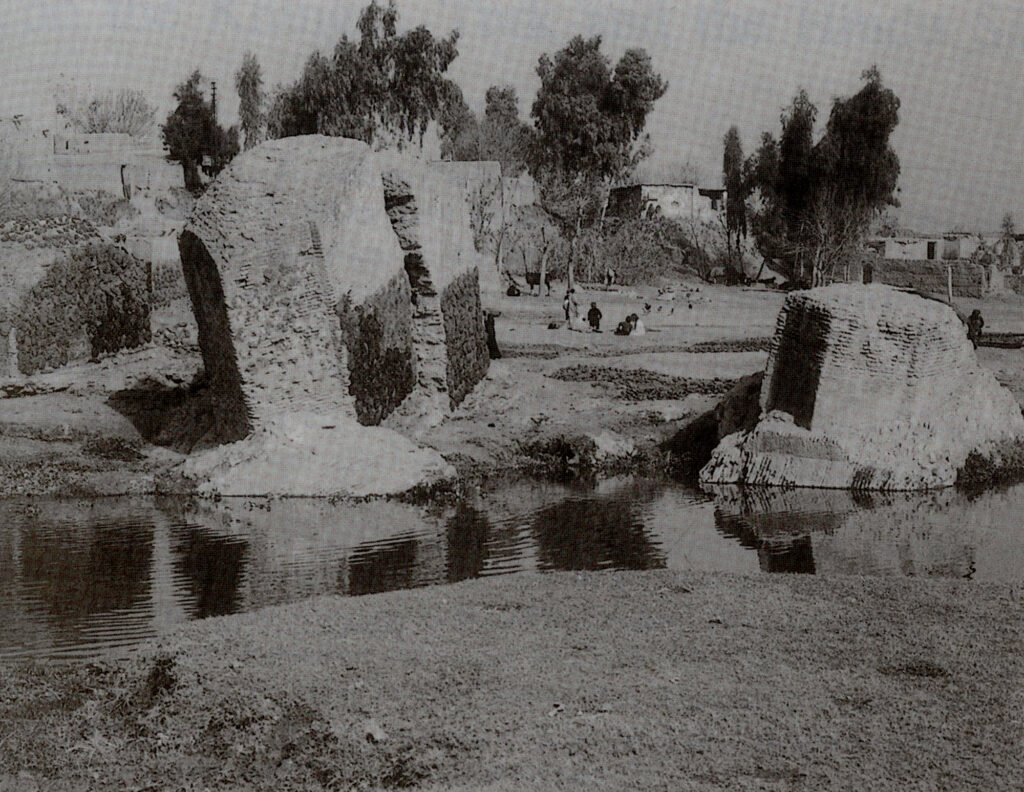
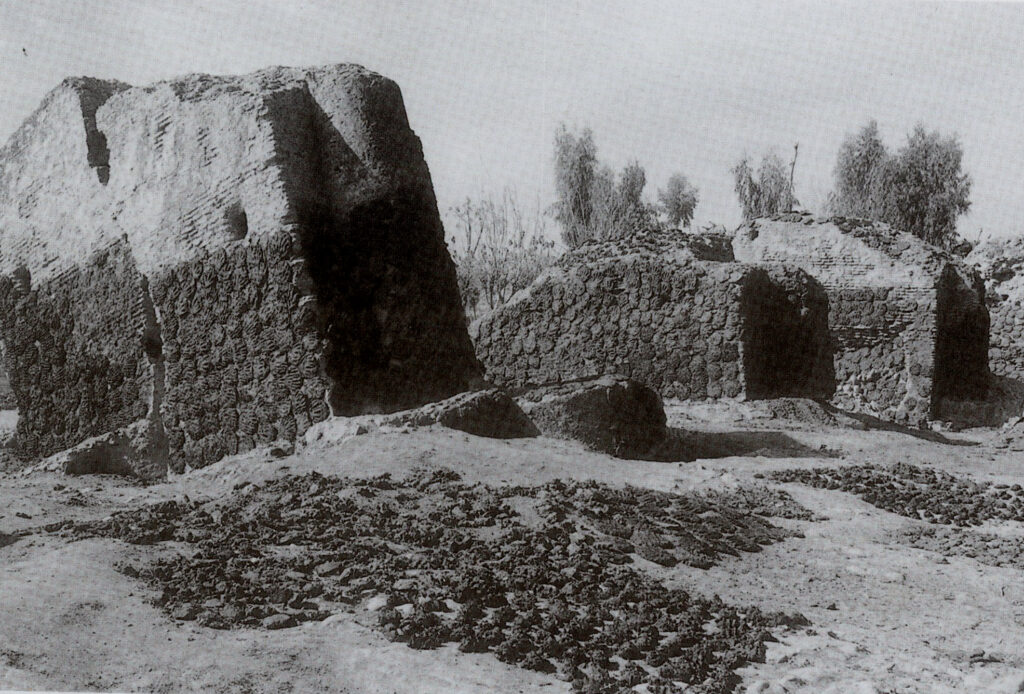
Research amazing revelations.